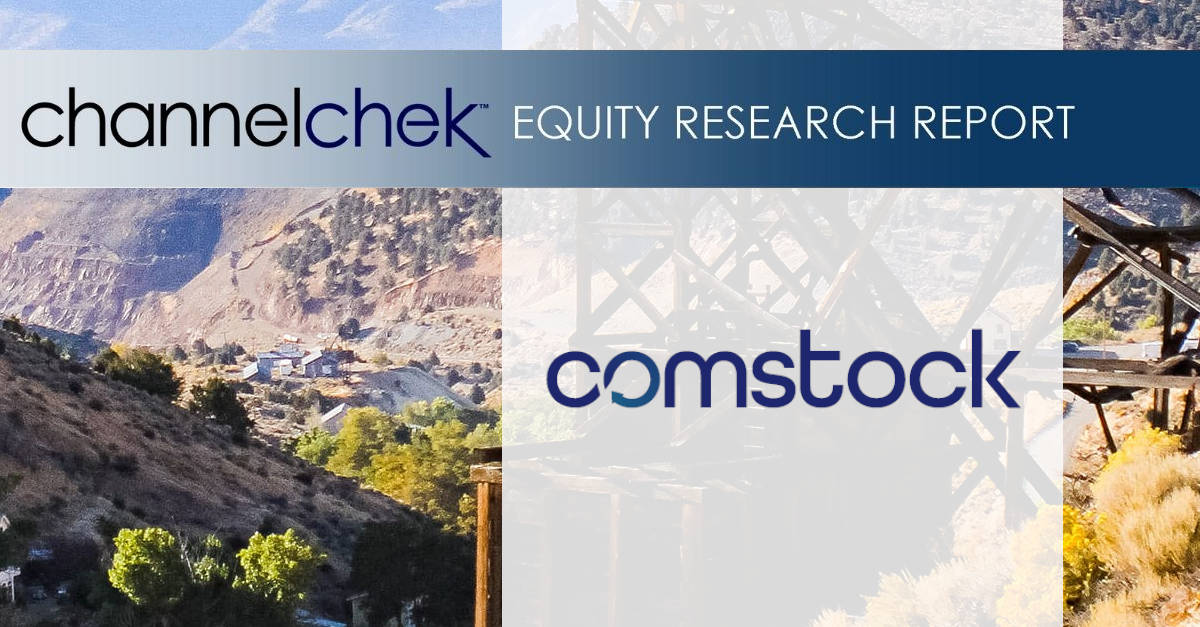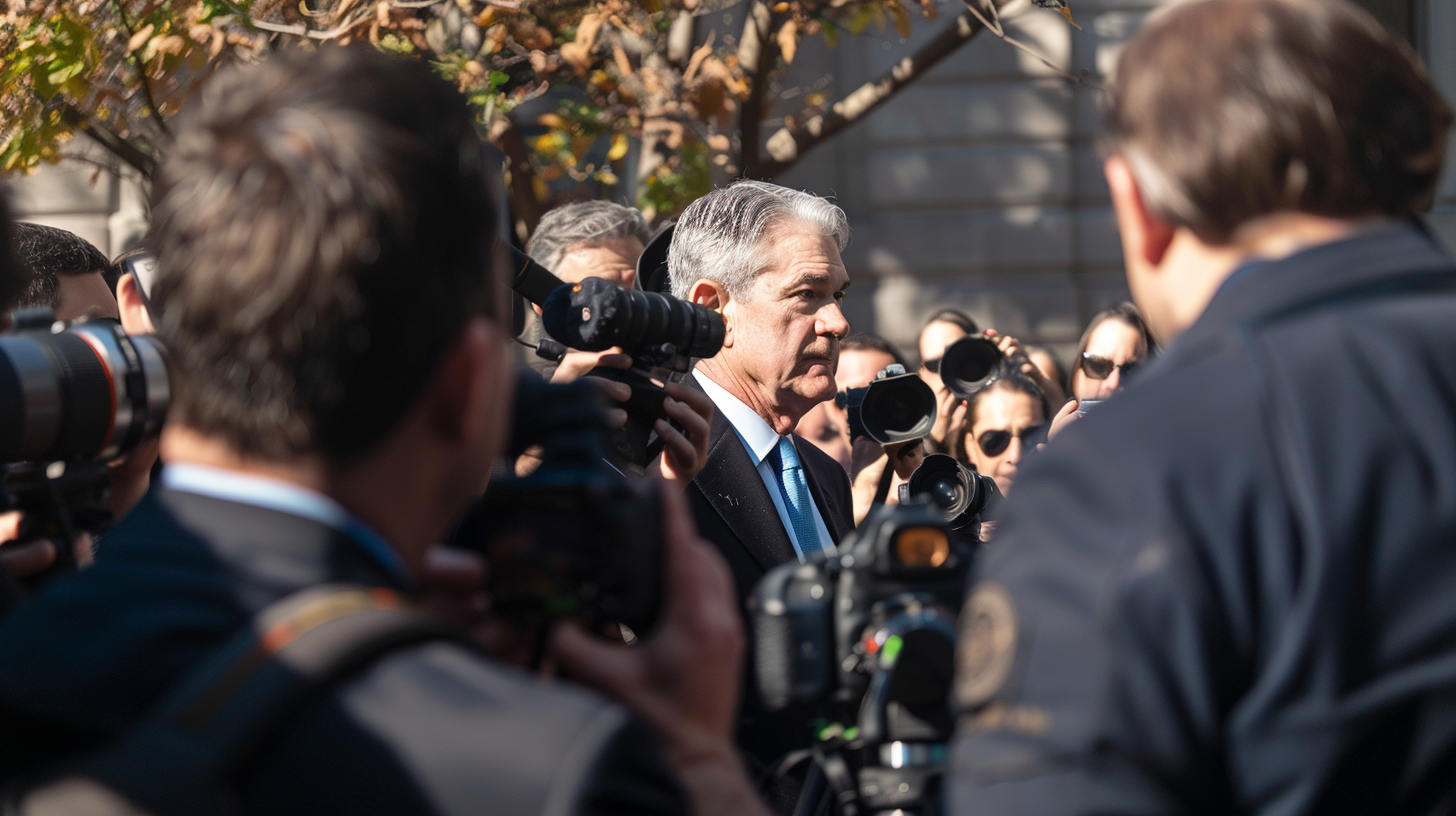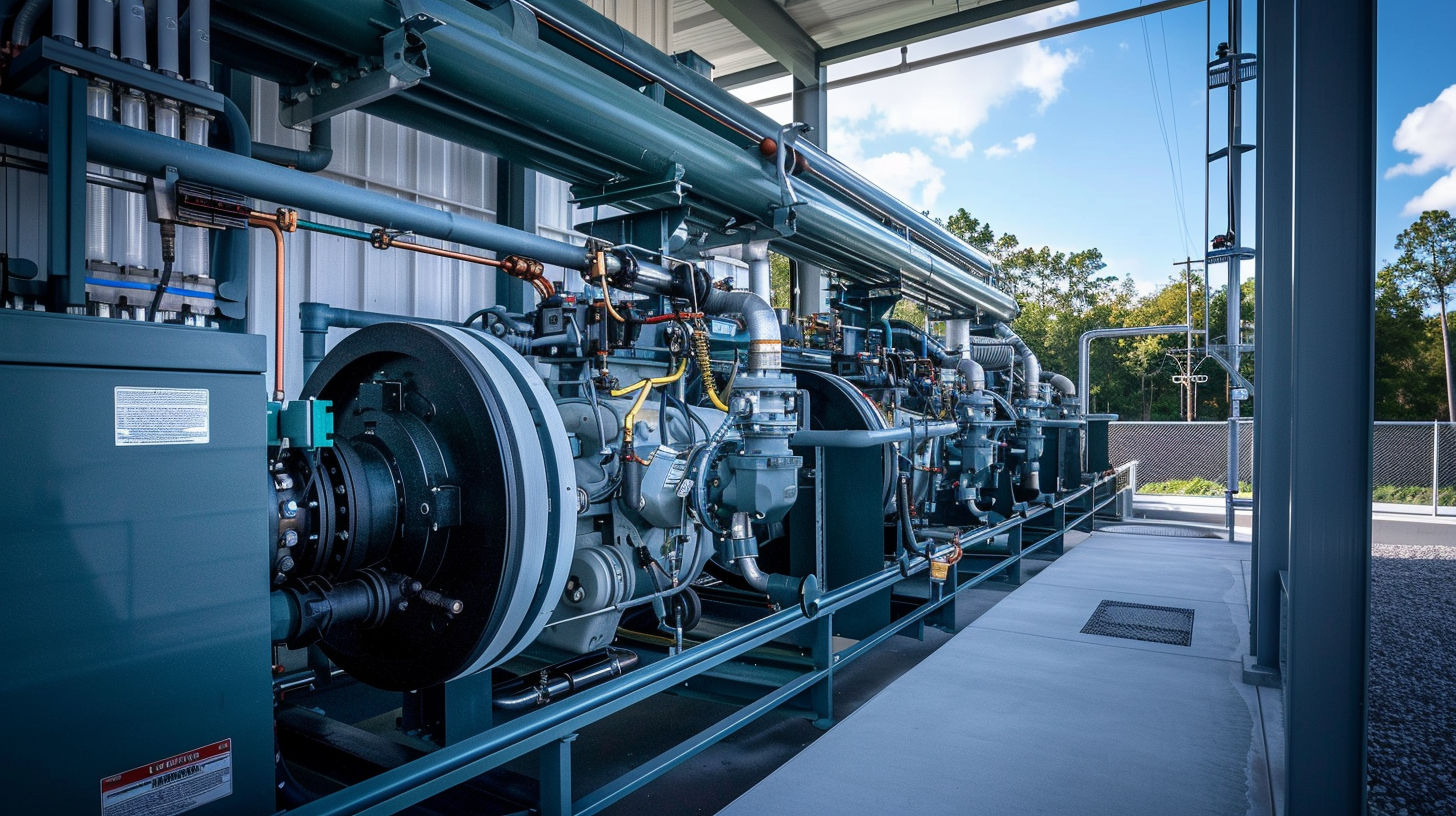
Monday, February 03, 2025
Comstock (NYSE: LODE) innovates technologies that contribute to global decarbonization and circularity by efficiently converting under-utilized natural resources into renewable fuels and electrification products that contribute to balancing global uses and emissions of carbon. The Company intends to achieve exponential growth and extraordinary financial, natural, and social gains by building, owning, and operating a fleet of advanced carbon neutral extraction and refining facilities, by selling an array of complimentary process solutions and related services, and by licensing selected technologies to qualified strategic partners. To learn more, please visit www.comstock.inc.
Mark Reichman, Managing Director, Equity Research Analyst, Natural Resources, Noble Capital Markets, Inc.
Hans Baldau, Research Associate, Noble Capital Markets, Inc.
Refer to the full report for the price target, fundamental analysis, and rating.
Agreement with SACL. Comstock Fuels executed definitive agreements with SACL Pte. Limited (SACL), a Singapore-based renewable fuel project developer with plans to develop renewable energy projects in Australia, New Zealand, Vietnam, Cambodia, and Malaysia. SACL has been granted a master non-exclusive license to Comstock Fuel’s intellectual property to develop, finance, build, and manage renewable fuel production facilities. The agreement provides exclusive rights to market projects subject to SACL’s satisfaction of certain milestones, including completion of engineering and financing for SACL’s first licensed facility in 2025 followed by commissioning and production in 2027.
Favorable terms. Comstock will contribute site-specific technology rights in exchange for a 20% equity stake in each refinery and provide engineering support in exchange for 3% of each facility’s capital and construction costs. This will increase to 6% for facilities with a capacity of 250,000 metric tons per year (MTPY) or more. Additionally, an upfront payment of $2.5 million will be required upon the execution of a site license agreement. Comstock Fuels will receive a royalty fee equal to 3% of the total sales from licensed products produced by each facility, which will rise to 6% for facilities with a capacity of 250,000 metric tons per year or greater.
Get the Full Report
Equity Research is available at no cost to Registered users of Channelchek. Not a Member? Click ‘Join’ to join the Channelchek Community. There is no cost to register, and we never collect credit card information.
This Company Sponsored Research is provided by Noble Capital Markets, Inc., a FINRA and S.E.C. registered broker-dealer (B/D).
*Analyst certification and important disclosures included in the full report. NOTE: investment decisions should not be based upon the content of this research summary. Proper due diligence is required before making any investment decision.












